What Metro 2025 Means for the District of Columbia
Metro 2025 would bring significant benefits to the District of Columbia, allowing the city to thrive economically while preserving neighborhoods and downtown vitality.
Metro’s Momentum plan calls for seven Metro 2025 initiatives – from eight-car trains to bus-only lanes, which will bring dramatic improvements to the quality of life and transportation in the District.
Supports D.C. Transit Projects
The District has committed to a 50% market share for public transportation, and is building a Streetcar and expanded Circulator network that will depend on robust Metrorail and Metrobus services. Metro concurs that the Streetcar and Circulator are worthwhile ventures, but they will always rely on the supporting regional “backbone” of Metrorail and Metrobus in order to deliver their intended results. Consider that every single planned D.C. Streetcar line in the 22-mile system begins, ends, or connects with a Metrorail station, and the importance of sufficient capacity on Metrorail becomes quite clear.
Today, more than 100,000 people a month transfer between Metro and the Circulator. By 2040, even the first few lines of the D.C. Streetcar (those funded in the CLRP, not even counting the full 22-mile system) are projected to generate thousands of additional transfers to Metrorail and Metrobus each day.
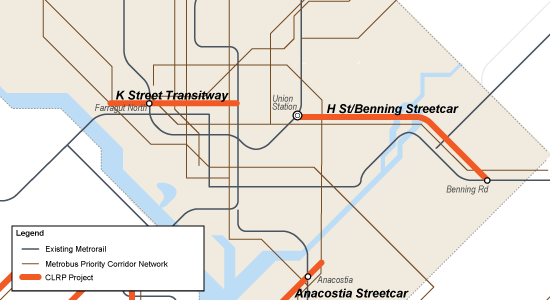
D.C. Streetcar projects funded in the CLRP. The planned 22-mile system would construct even more lines.
By ensuring that Metro services can keep pace with congestion and demand, Metro 2025 is critical to making D.C.’s transit projects a success, and critical to helping D.C. reach it’s transportation goals.
![]()
Supports D.C.’s Growing Population and Economy
The District of Columbia’s population is surging, and its economic and population growth is only projected to grow. With that growth comes significant transportation needs, and Metro 2025 is critical to Metro’s success in meeting that growth.
- Since 2000, the District’s population has boomed by over 13%, and in 2013 topped 640,000 residents for the first time since the 1970s.
- Leading this growth has been Gen Y, who increasingly take public transportation if they even have driver licenses.
- By 2040, D.C. is projected to see an influx of nearly 200,000 jobs, or an increase of 25%.
To handle this growth, D.C. needs the rail and bus system that Metro 2025 would deliver: 8-car trains capable of moving the equivalent of 16-18 lanes of highways into the District, superior bus service, and more. For example, Metrobus is helping the 16th Street NW corridor to grow – ridership has surged by over 5,000 trips per day, and today buses are 3% of the vehicles but move 50% of the people on that road. Read more…

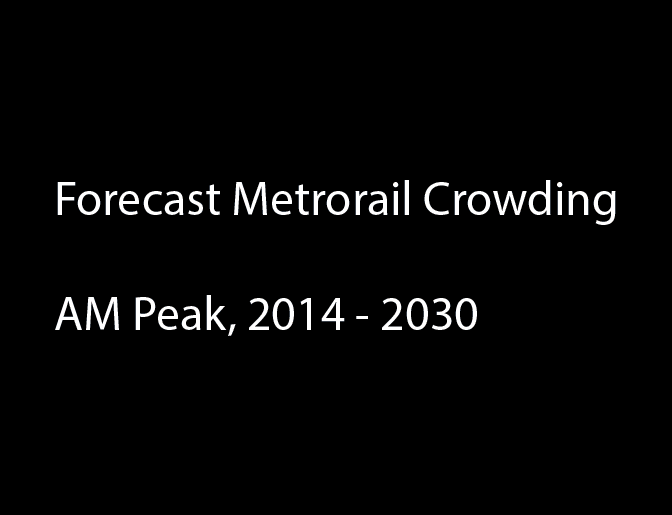
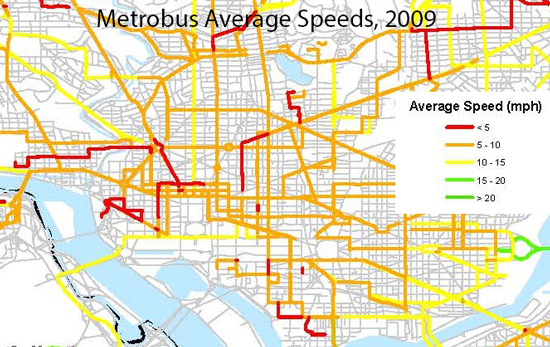
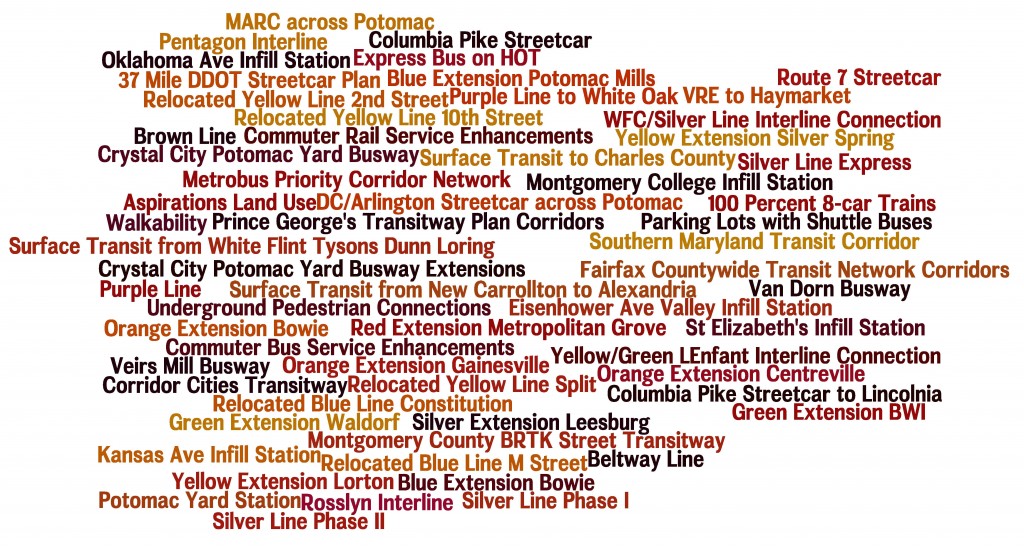
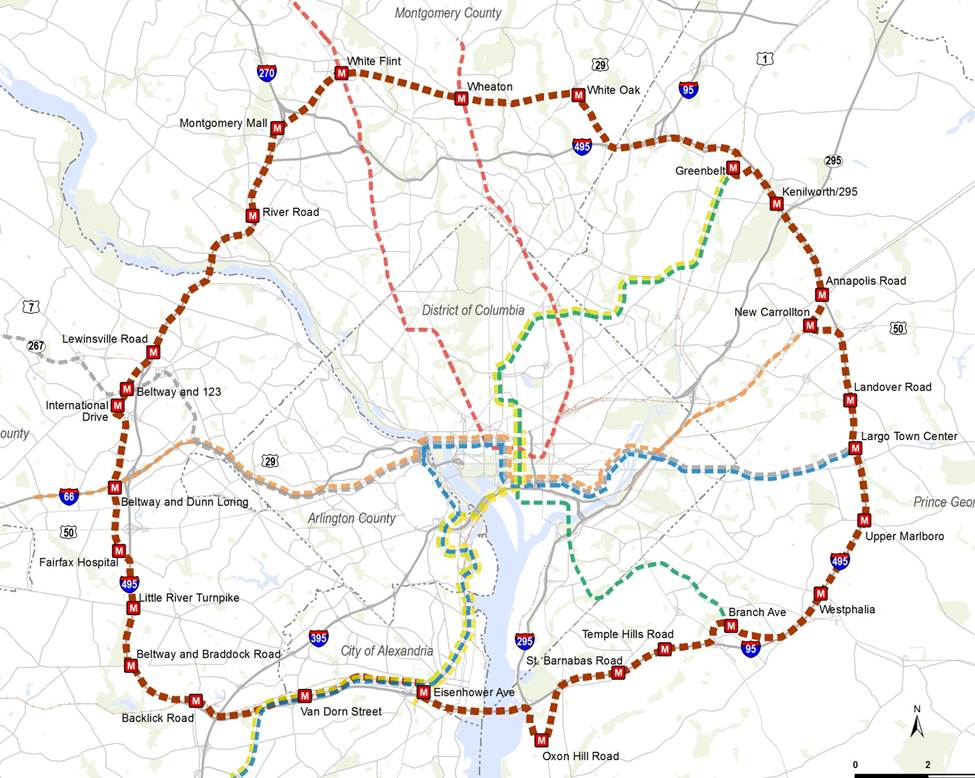
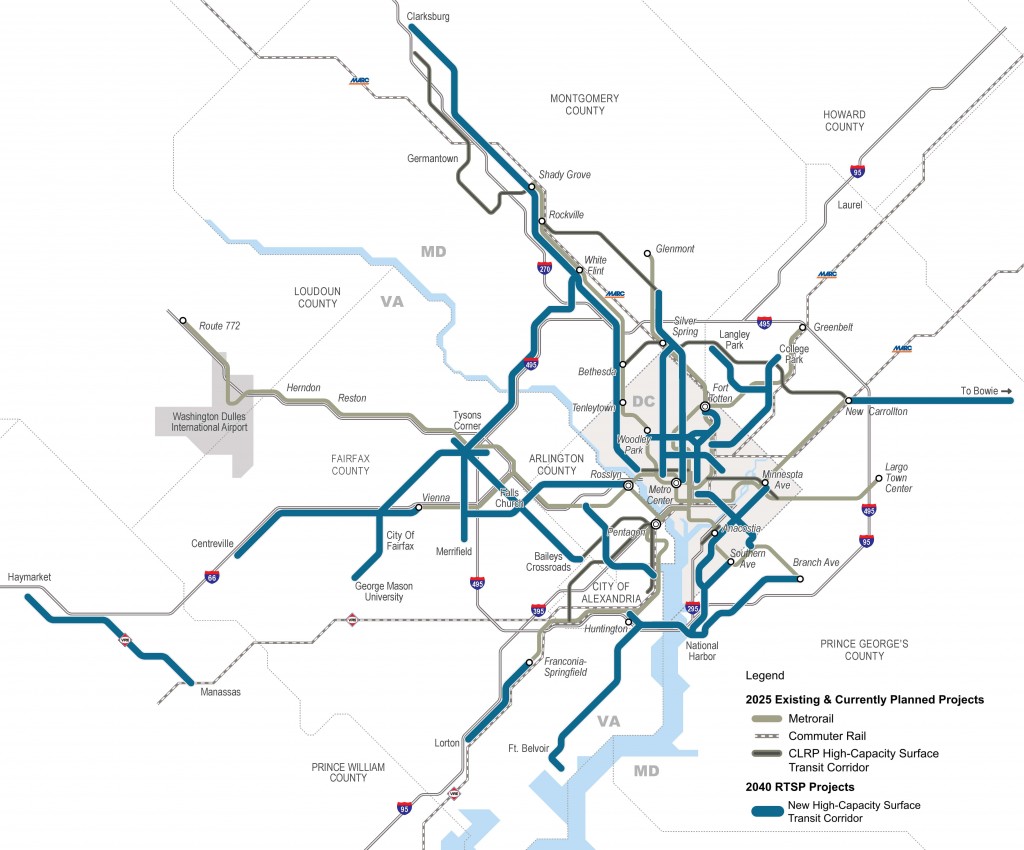
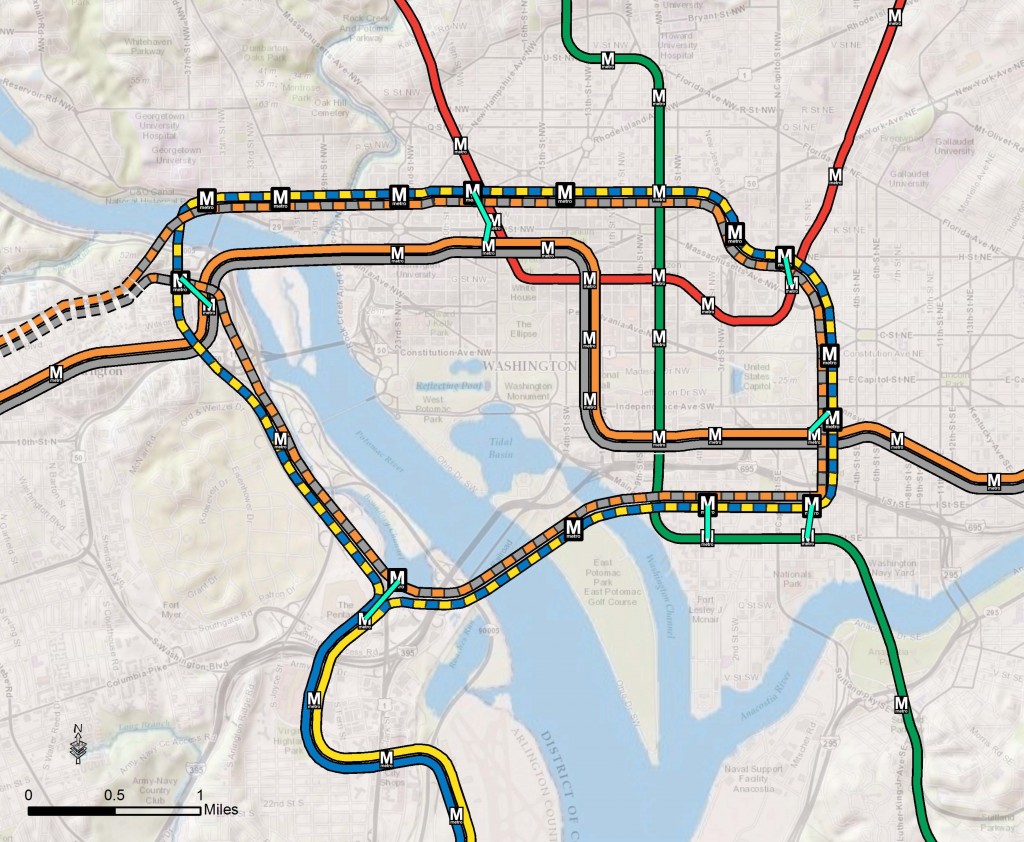
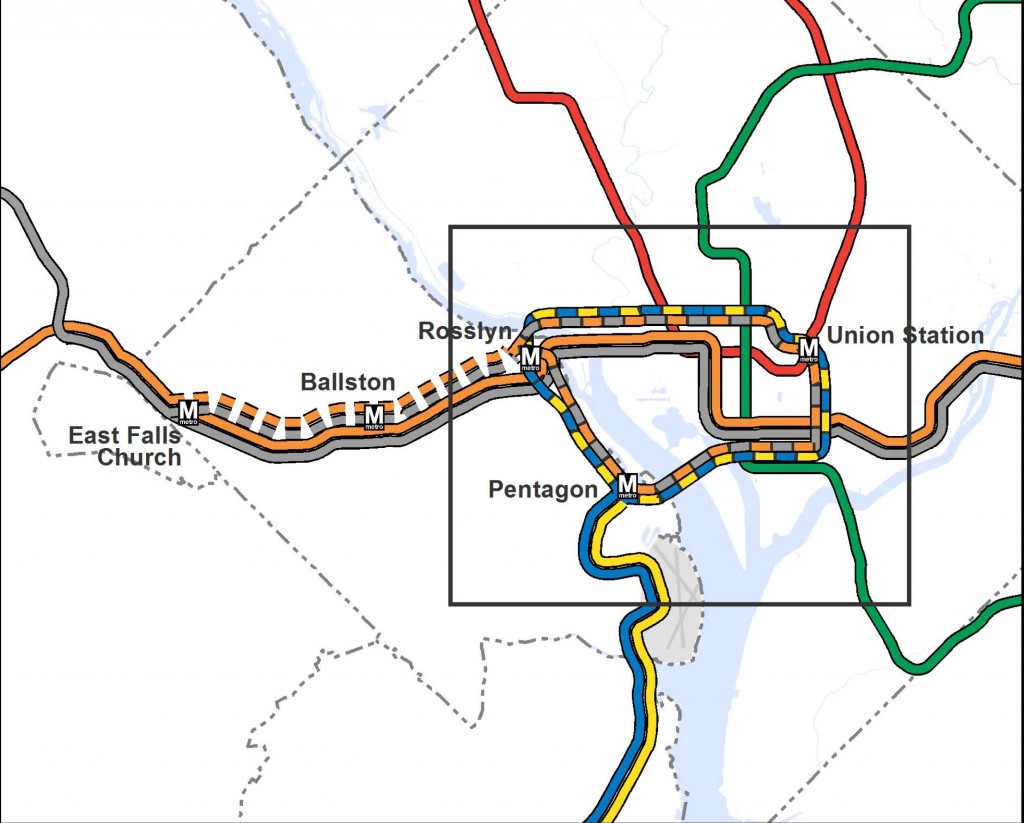
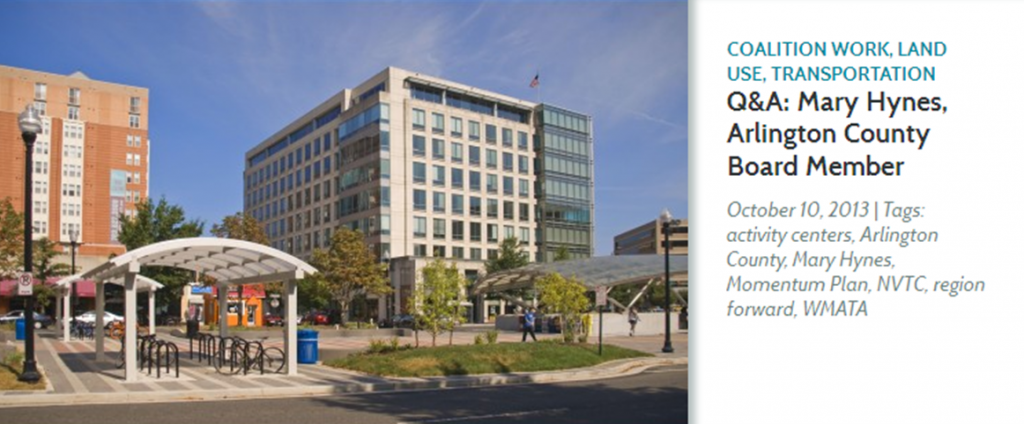

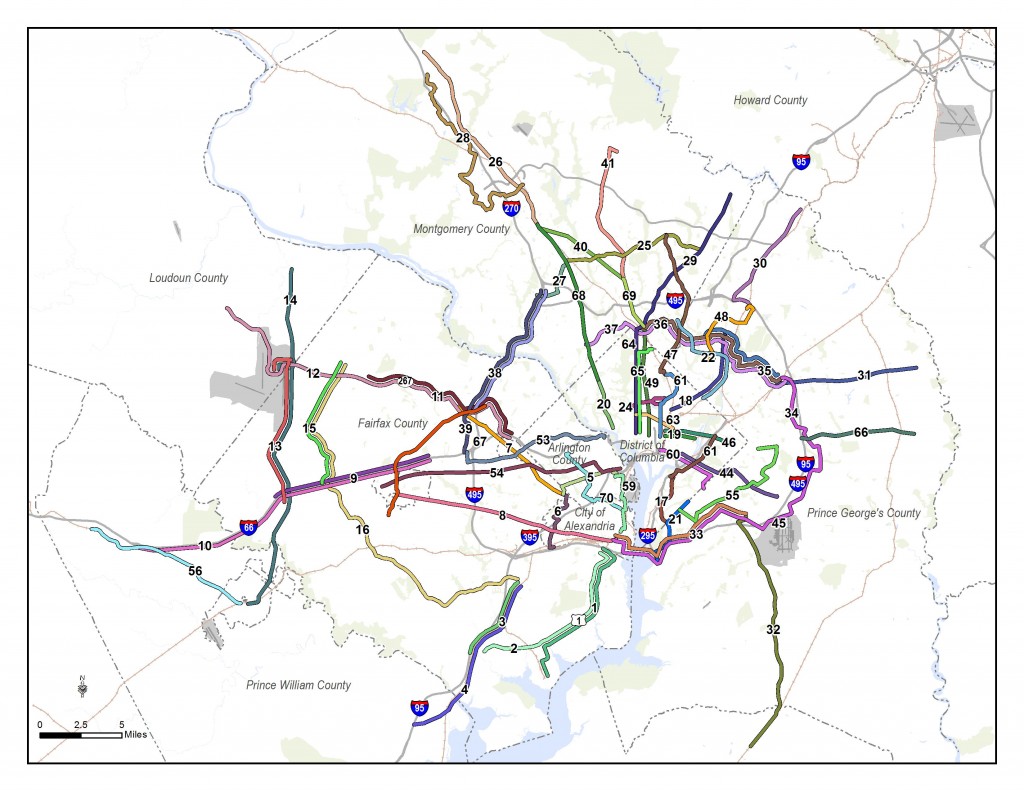
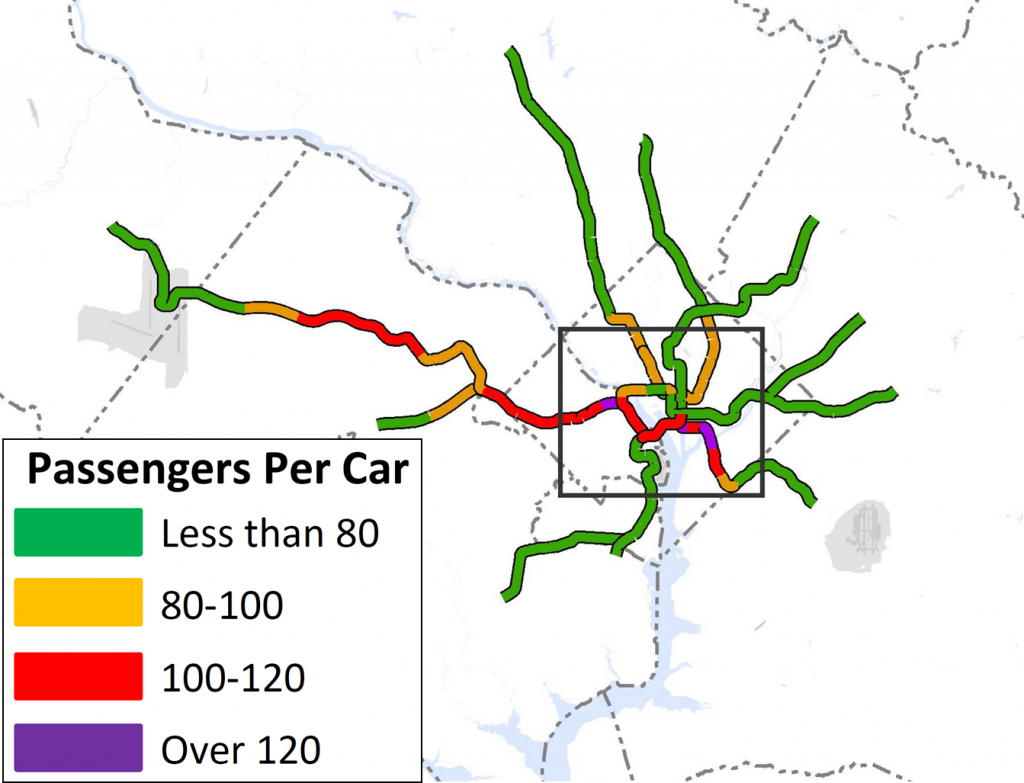
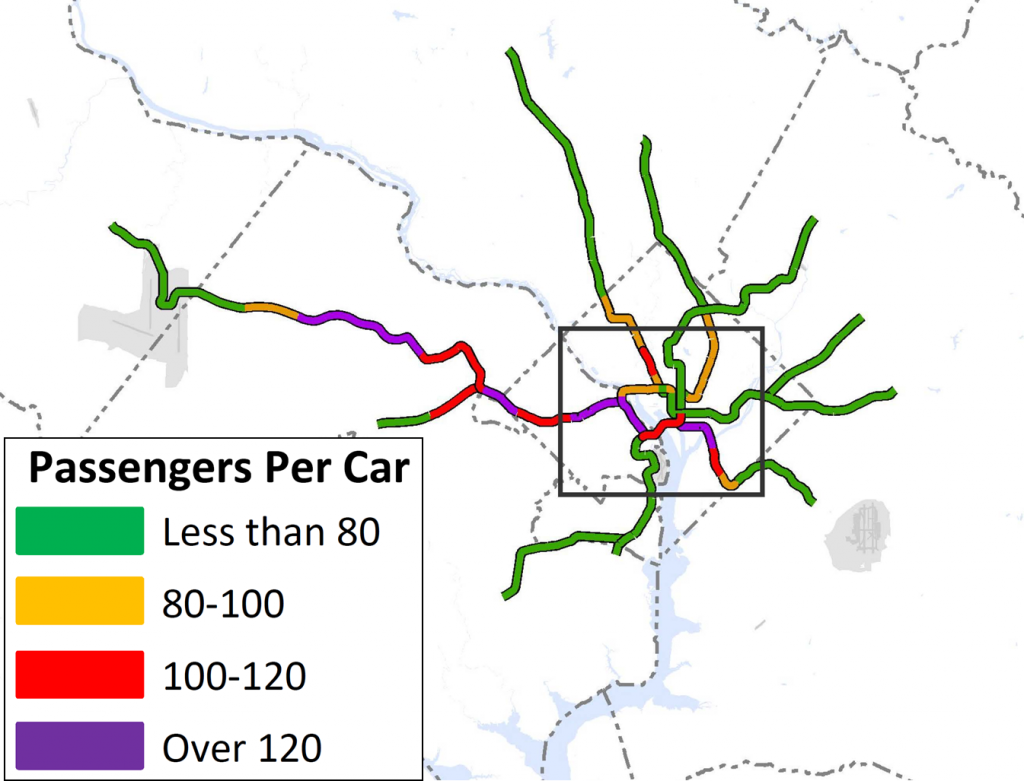

Recent Comments